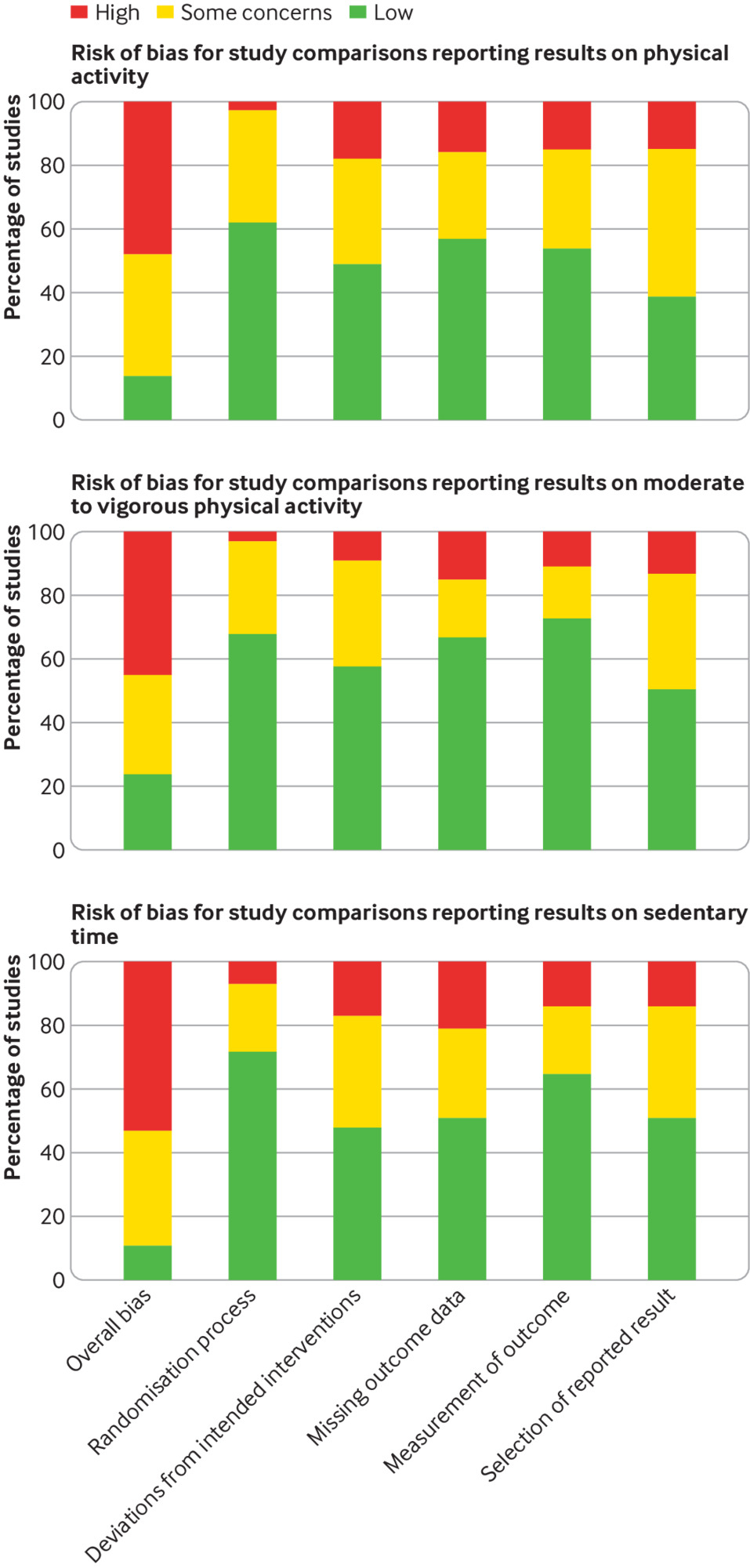With different levels of genetic risk, it was uncertain whether a person’s lifestyle affects their risk of developing psoriasis. For the study, the researchers sought to examine the relationship between incident psoriasis and gene-behavior interactions.
The study was based on data from the UK Biobank, which involved 500,000 people. There were 3 groups with genetic risk: low, medium and high. Body mass index, smoking, physical activity and diet formed the lifestyle score, which was also divided into 3 groups: ideal, average and poor. Risks of incident psoriasis associated with each lifestyle grade were examined in each genetic risk category and contrasted with the low genetic risk and ideal lifestyle groups.
The poor lifestyle and high genetic risk group were associated with an odds ratio of up to 4.625 (95% CI, 2.920–7.348) for psoriasis compared with the low genetic risk and perfect lifestyle group. There was no relationship between a person’s lifestyle and genetic risk. The percentages of lifestyle and genetic risk attributable to the population were 32.2% (95% CI, 25.1%-38.6%) and 13.0% (95% CI, 3.2%-21.8%), respectively %).
Regardless of genetic risk, lifestyle variables predicted the likelihood of developing psoriasis and their proportional importance outweighed that of genetic risk.
Reference: jaad.org/article/S0190-9622(22)00604-1/fulltext


